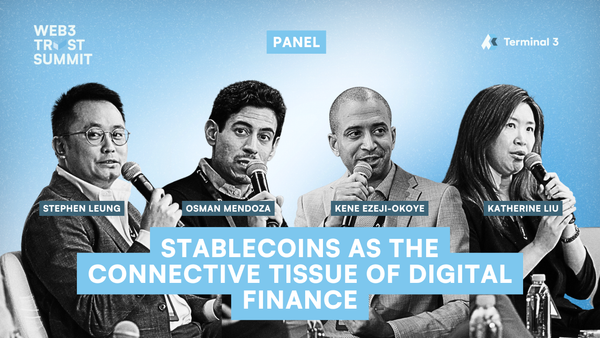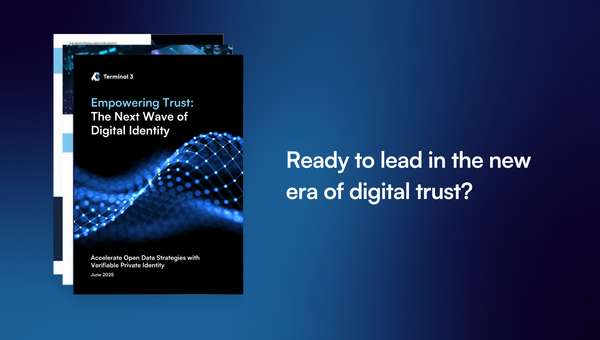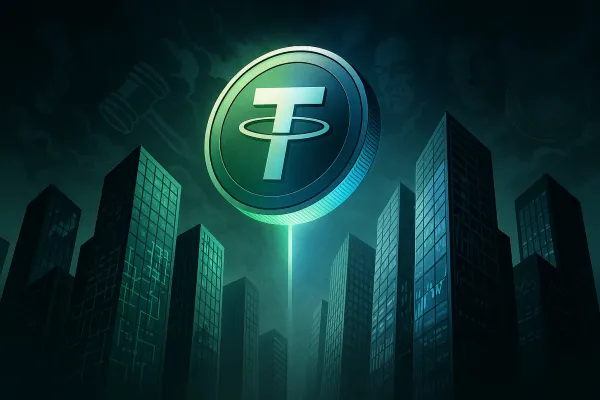Mobile, AI and the search for killer apps: the future of Solana

GM,
It may seem obvious now, but when Solana launched in 2020, there was no real alternative to Ethereum. The expensive gas fees required to make any transaction on the Ethereum blockchain were exactly why Solana was created, as we explained last week. Today, though, there’s any number of alternatives to Ethereum, although Solana remains one of the most prominent and popular.
We wrote about Solana’s wild roller coaster since 2020 last week. Now, in this issue, we dive into what the future holds for Solana.
Best,
What’s going on?
Solana co-founder Raj Gokal has cited Apple as its role model. That’s commonplace—as a former reporter, I’ve seen plenty of companies reach for that comparison—but in Solana’s case there is some relevance. The success of Apple’s platform comes from the developers who build apps that populate the App Store.
We wrote last week that Solana rose from almost dead—or at least being written off by much of the industry—when FTX, its biggest advocate, imploded in 2022. But here are three of its key areas if it is to continue its rise.
SO WHAT?
1. Building a strong developer network
Solana has been plagued by concerns around its network since it burst onto the Web3 scene. Its architecture is designed to enable a large number of transactions and, in order to enable that, it uses a system that critics argue is more centralized than traditional blockchain networks. Why, then, use a blockchain if it isn’t fully decentralized, so the argument goes. But with Solana, that compromise has been marred by numerous outages which prevent any apps on the Solana network from working for multiple hours.
The Solana Foundation has put out aggressive rewards for bug hunters to find issues within its code, while it has also made progress building bridges to unite its blockchain with others, notably those that are based on Ethereum.
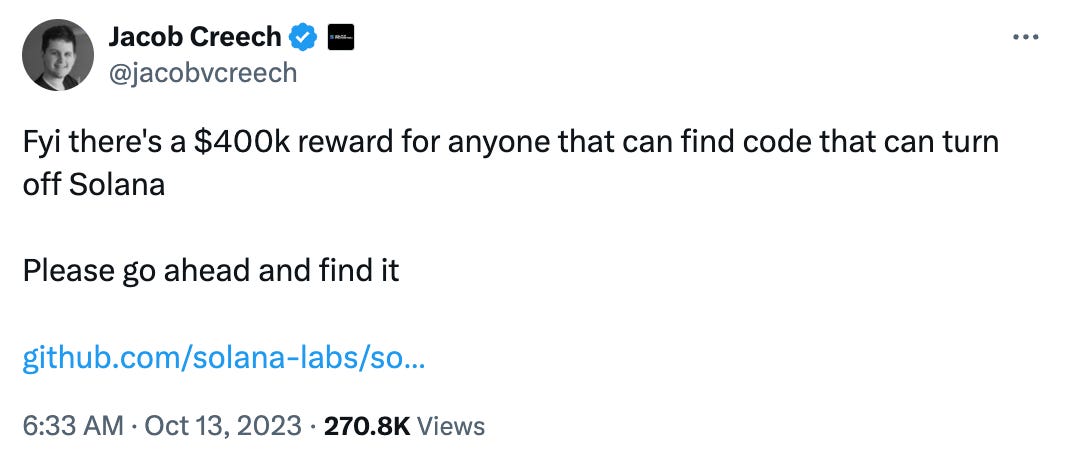
It has also forged important alliances. Its partnership with Stripe, which again may not appeal to crypto traditionalists who want to create a whole new internet, made it easy to pay using stablecoins or SOL tokens. Solana has also built systems that allow developers who built on Ethereum to easily port to the Solana network, and it even allows apps to be coded in Ethereum’s Solidity language. These may appear to be simplistic building blocks, but getting them right has enabled Solana’s incredible comeback.
2. Ambitious AI and mobile plans
Beyond the bread and butter, Solana is investing in moonshots to grow its network. That’s most visible with Saga, its smartphone range we mentioned in the previous issue, which is about to see its second handset release. Solana is already teasing a third device and, though the debut device failed to woo reviewers with its functionality, there is an argument in favour of a ‘crypto phone.’
AI is its other major bet. The Solana Foundation last year announced a $10 million fund to support developers building AI projects on its chain and an accelerator program focused on AI, too. There’s much belief that the level of automation brought by AI can go hand-in-hand with the cryptocurrency industry’s digital money movement. For example, automating micro-payments, which can be tedious using online payment systems, could work better with a cryptocurrency token.
Solana has also dabbled in AI itself, building its own ChatGPT plug-in, although the functionality is still fairly limited. But it will only build more robust tools for developers to help them bring AI into their products.
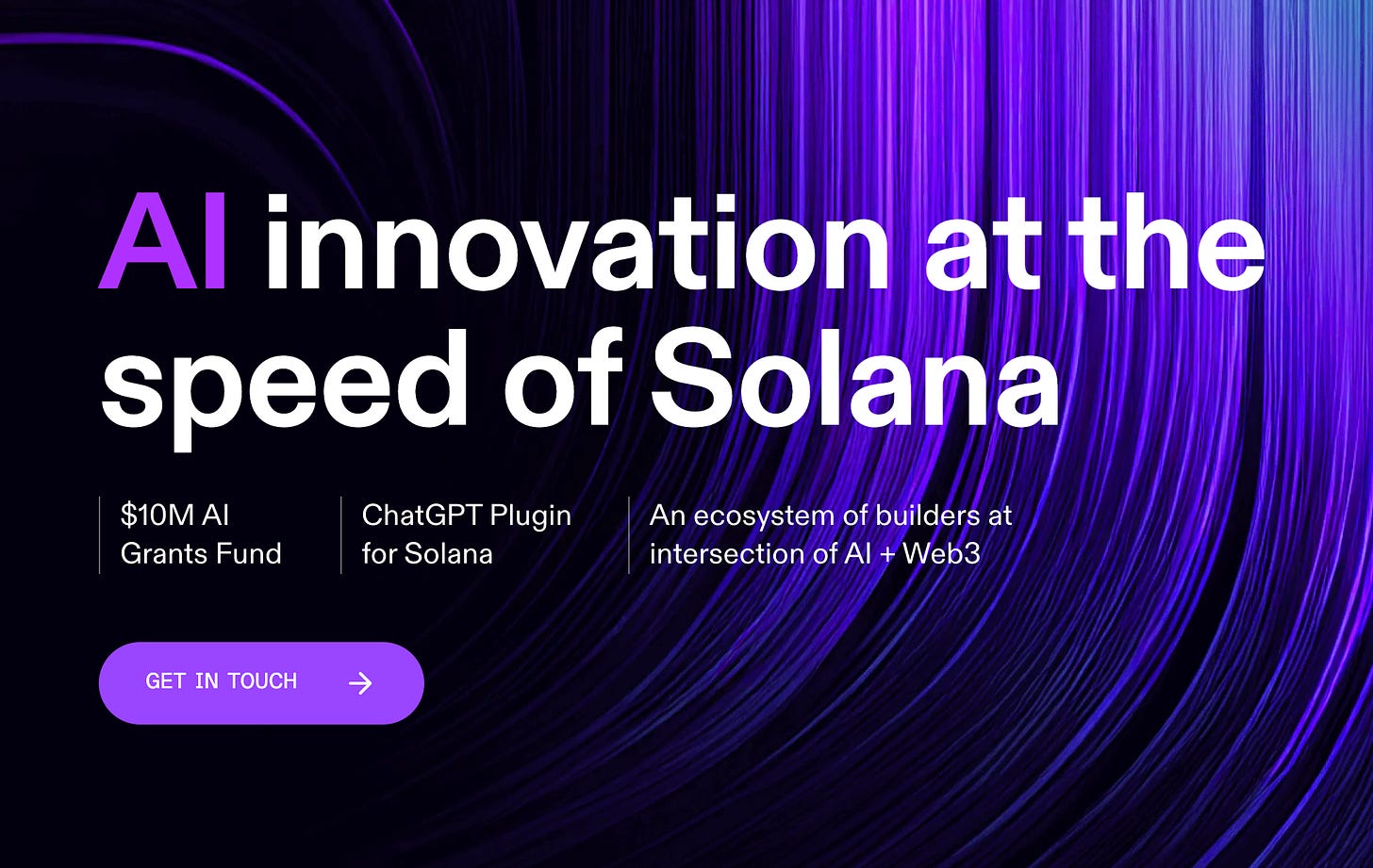
In tackling mobile, the number one internet platform, and AI, the number one technology for the future, Solana has shown a willingness to take on hard challenges. Smartphones, in particular, are often a losing battle so a strong software play will likely be more important than a hardware push, even though the Saga phone remains intriguing if underwhelming.
3. Finding the killer app
The reality is Solana’s biggest challenge is the same as all of Web3: to find that killer app.
This is where the Apple comparison fits snuggly. iPhone adoption was low until a selection of early apps became available on the App Store. Over time, offering a mobile app wasn’t just an option, it began to define the services and companies that are commonplace today. Netflix, Facebook and others would look very different, but services like WhatsApp and Instagram wouldn’t exist at all.
Blockchain, too, is at that early stage. There is undoubtedly potential with a technology stack that includes: censorship-resistant decentralized systems, internet-based digital assets, the provenance of NFTs and blockchain and more. The question is whether they can result in services that not only work, but are superior to what we already have.
Solana says more than 17,000 developers have attended its hacker house events across the world
Solana’s revival has been about sticking to the basics—enabling developers and builders to create—and it has a lot of the keys to potentially open this door. Its transaction costs, for one, aren’t spirally like Ethereum—where today a transaction costs upwards of $30. That, alongside a big push to create community and experiments with mobile and AI, have helped make it a strong alternative to Ethereum.
First up though, Solana will need to fight off the US SEC. The SEC named SOL as one token that it deems a security in a case against exchange business Coinbase, as we wrote back in our first issue last year. Failure to shake off this tag will make doing anything else much, much harder, as even Ethereum creator Vitalik Buterin has acknowledged.
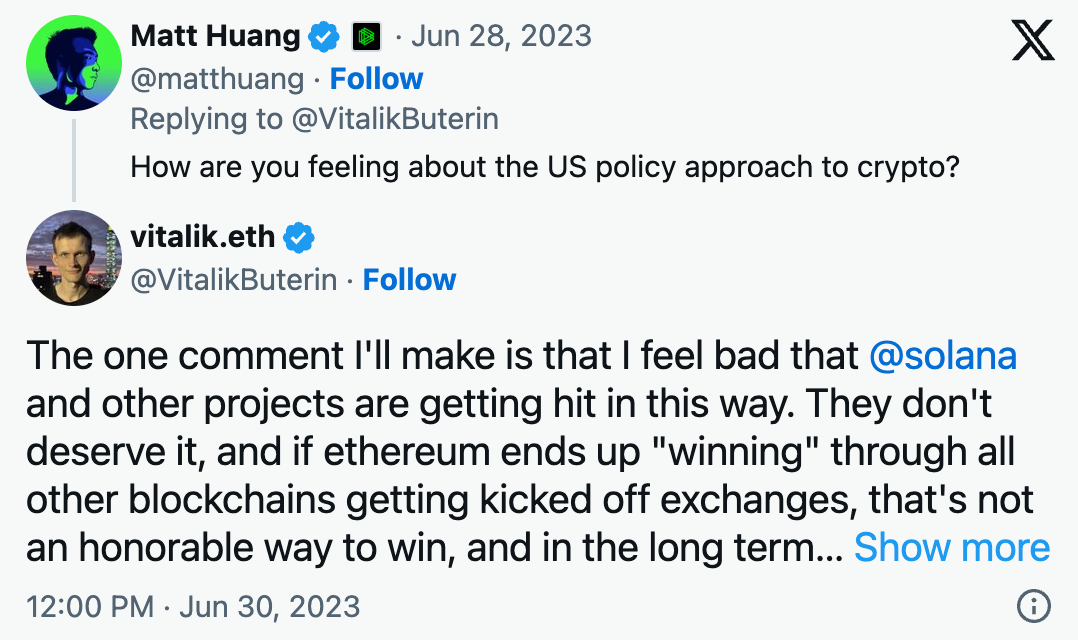
News Bytes
Bitcoin reached a new all time high of over $73,000 against the US dollar
Grayscale, the firm behind the world’s largest Bitcoin ETF, introduced a new fund that stakes cryptocurrencies to earn income
Open-source cryptography startup Zama raised $73 million to enable developers to build privacy-preserving applications
South Africa is about to give a license to more than 60 crypto organizations using its existing financial-services law
Coinbase is planning a $1B bond sale—raising public market is always smart when the market is hot
Tether, the company behind the most popular stablecoin USDT, signed an agreement with Uzbekistan to help it grow adoption of blockchain technology
Worldcoin, the identification and verification project co-founded by OpenAI’s Sam Altman, was hit with a temporary ban in Spain as the country probes its data collection
That’s all for this week!
Share your feedback, questions or requests via email to: sowhat@terminal3.io

